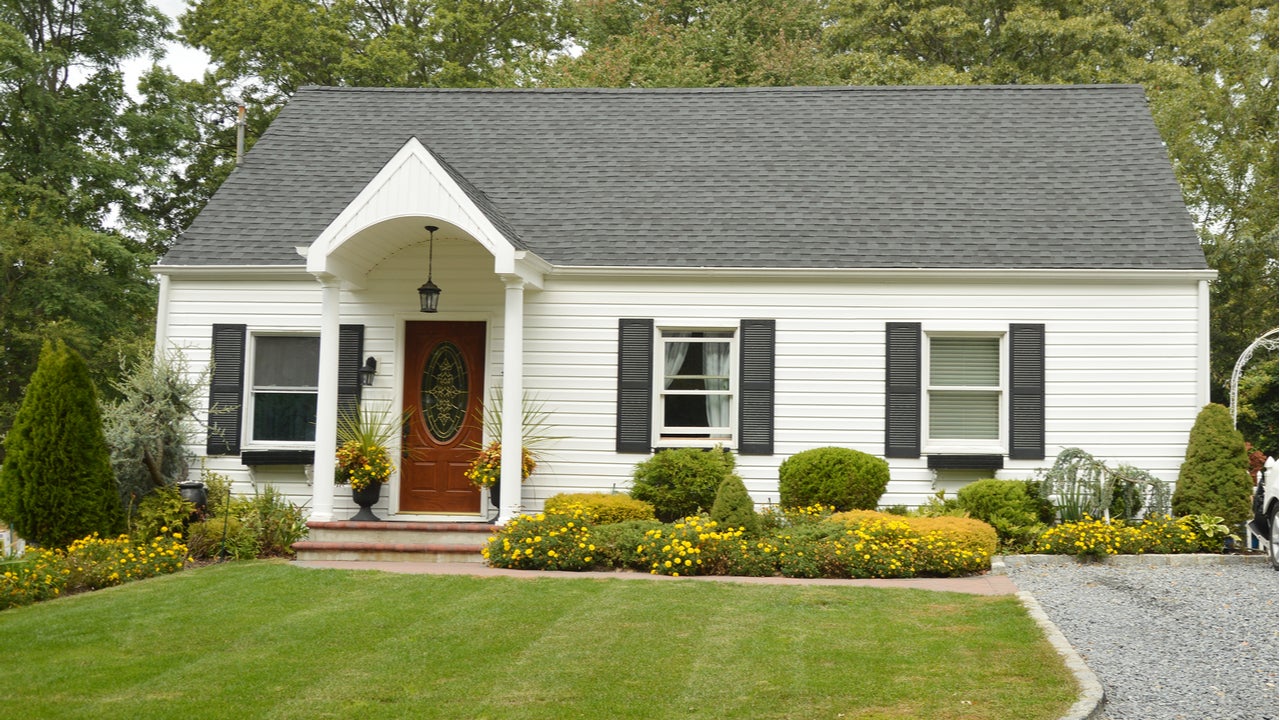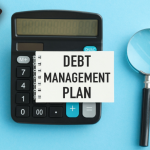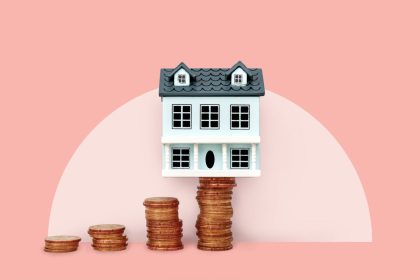rSnapshotPhotos/Shutterstock
Key takeaways
- Preforeclosure is an early step in the foreclosure process, occurring when a borrower is 90 days (or three payments in a row) past due on their mortgage.
- Preforeclosure doesn’t automatically mean you’ll lose your home, but you’ll need to act quickly to stop the process. Contact your lender or servicer right away to explore relief options.
- Depending on your lender, you might be able to put your mortgage into forbearance, modify your loan so it’s more affordable, sell the home or agree to a deed in lieu of foreclosure.
What is preforeclosure?
Preforeclosure is a part of the foreclosure process that begins when a borrower is 90 days late or has missed three payments on their mortgage in a row, and ends when the home is sold, typically at a foreclosure auction. At this point in the process, you can still take steps to reinstate your loan or otherwise seek relief.
How does the preforeclosure process work?
Preforeclosure officially starts when your mortgage lender or servicer issues you a notice of default. This notice explains that the lender will proceed with foreclosure if the missed payments aren’t addressed. If you can repay what you missed, you’ll stop the foreclosure. You might also be able to avoid foreclosure by selling the home, but that’s not always possible.
Individual state laws govern the foreclosure and preforeclosure process. Depending on where you live, preforeclosure can last several months or a couple of years. In some jurisdictions, the lender has to file a lawsuit to repossess the home, meaning that a judge has to hear the case, which often prolongs the process.
Regardless of your state’s timeline, don’t ignore the notice of default, and don’t wait to get in touch with your lender. If left unaddressed, you’ll eventually lose your home.
Key terms
- Foreclosure
-
Foreclosure is a legal process through which a mortgage lender or servicer takes possession of a property after a borrower defaults on the loan. The lender often chooses to sell the home in a foreclosure auction or sale, while the borrower gets evicted.
- Notice of default
-
A notice of default is a public record stating that a borrower has defaulted on, or stopped paying, their mortgage.
- Lien
-
A lien is a legal claim to a property. When you take out a mortgage to buy a home, the lender places a mortgage lien on the property until the loan is repaid. This permits the lender to take possession of the property if you default, and sell it if needed in order to recover the outstanding amount owed.
What to do if your home is in preforeclosure
If you missed a mortgage payment or expect to miss mortgage payments, contact your lender or servicer as soon as possible, ideally before the preforeclosure step. The lender’s ultimate goal is repayment, not to take the keys to your home, and most are willing to work with you if you’re struggling. You might be able to do one of the following:
Forbearance or loan modification in preforeclosure
In preforeclosure, your lender might offer forbearance or a loan modification. A forbearance plan pauses your payments for only a set period of time, so it’s best for borrowers experiencing temporary financial hardship. When the forbearance period ends, your lender might allow you to:
-
Repay what you missed in a lump sum
-
Make up the missed payments in smaller increments your monthly payment moving forward
-
Defer the payments until the end of the loan term
In contrast, a loan modification permanently changes the terms of your loan to make the payments more affordable. This might involve some combination of reducing the overall balance, lowering the mortgage rate or extending the loan term.
Selling a preforeclosure home
If your home is in a condition to sell, you might be able to offload it and use the proceeds from the sale to cover your missed payments. Importantly, you’d need to sell it for enough to repay what you owe, and find somewhere else to live — both of which might not be possible. Depending on the sale price and your mortgage balance, you might not walk away with any profit, which could make it harder to move elsewhere.
If your mortgage you owe more on your loan than what the home is worth, you might be able to do a short sale, although the lender will have to agree to it. In a short sale, the lender accepts less than what is owed on the home and forgives the outstanding debt. This process is typically less damaging to your credit than a full-on foreclosure.
Deed in lieu of foreclosure
With a deed in lieu of foreclosure, you essentially hand your deed — and ownership rights to your home — over to the lender. You’ll need to move out, but this usually releases you from the mortgage debt. Be advised, though, that your lender is not required to accept a deed in lieu of foreclosure.
How to buy a house in preforeclosure
Preforeclosure homes are typically priced below market value, making them attractive to investors and bargain hunters. Moreover, because the homeowner is likely still living in the home, a preforeclosure can sometimes be in much better condition than a foreclosed property.
However, these homes are still typically sold as-is, which means if any repairs are needed, you’ll need to pay for them yourself. Preforeclosure sales can take longer, as well.
More mortgage relief resources
Why we ask for feedback
Your feedback helps us improve our content and services. It takes less than a minute to
complete.
Your responses are anonymous and will only be used for improving our website.
Help us improve our content
Read the full article here
















